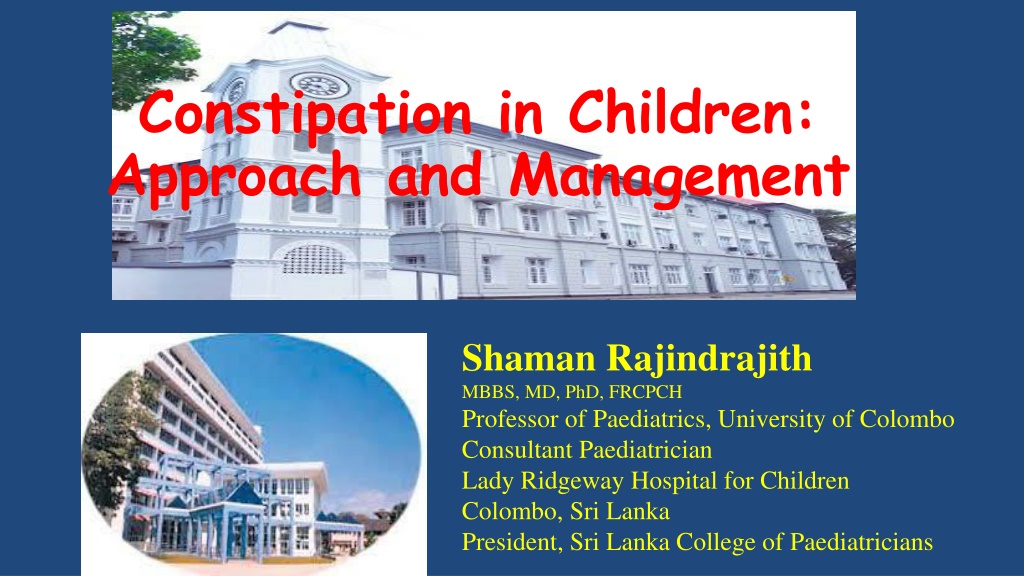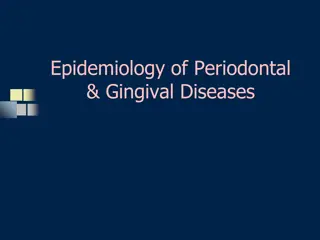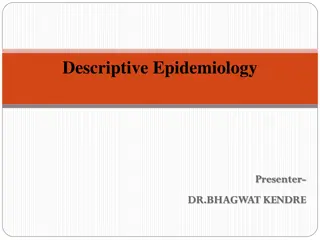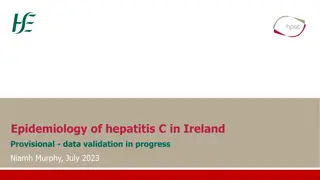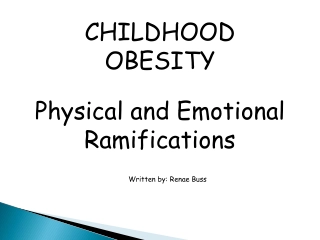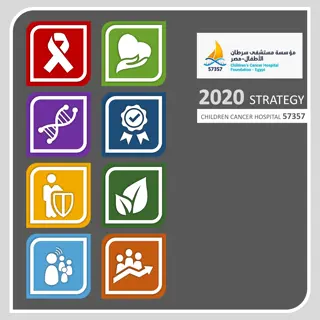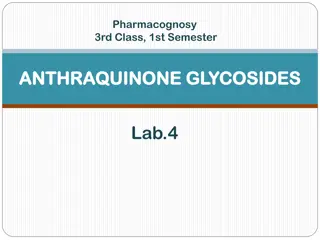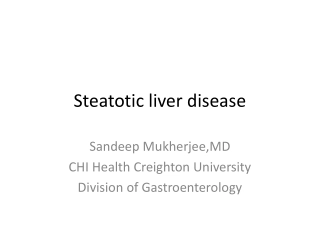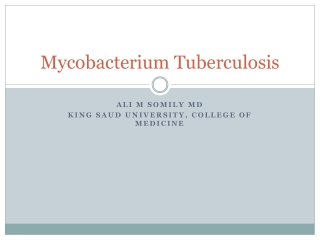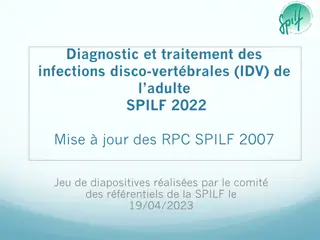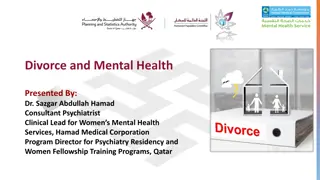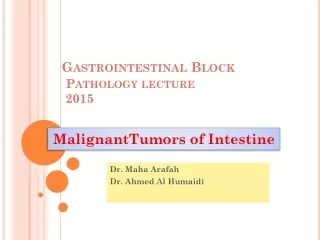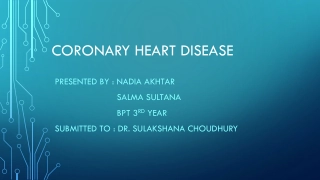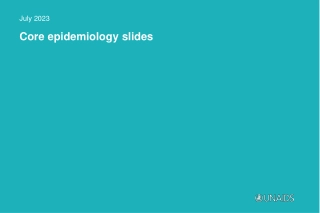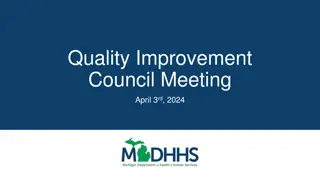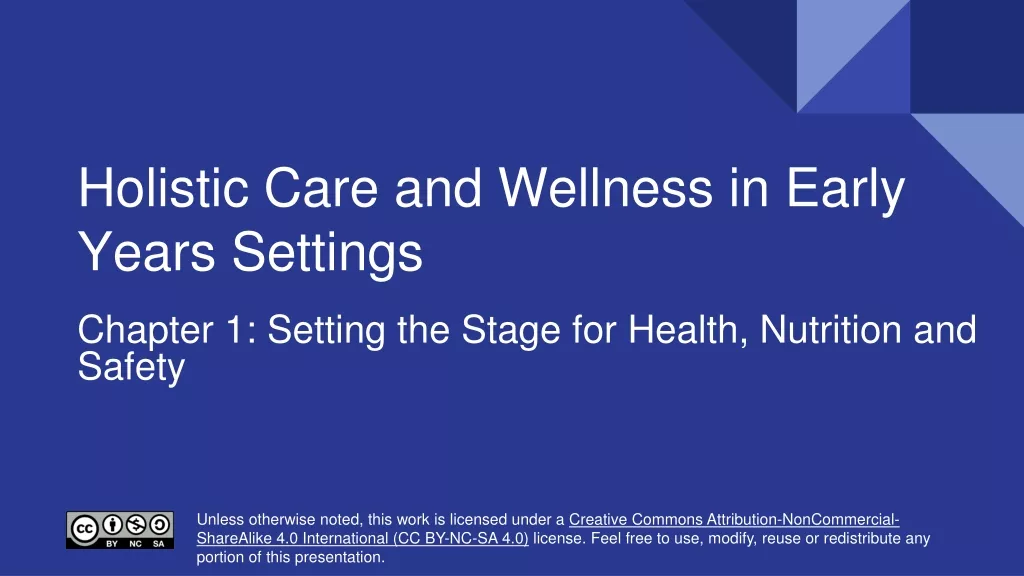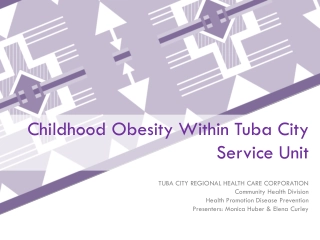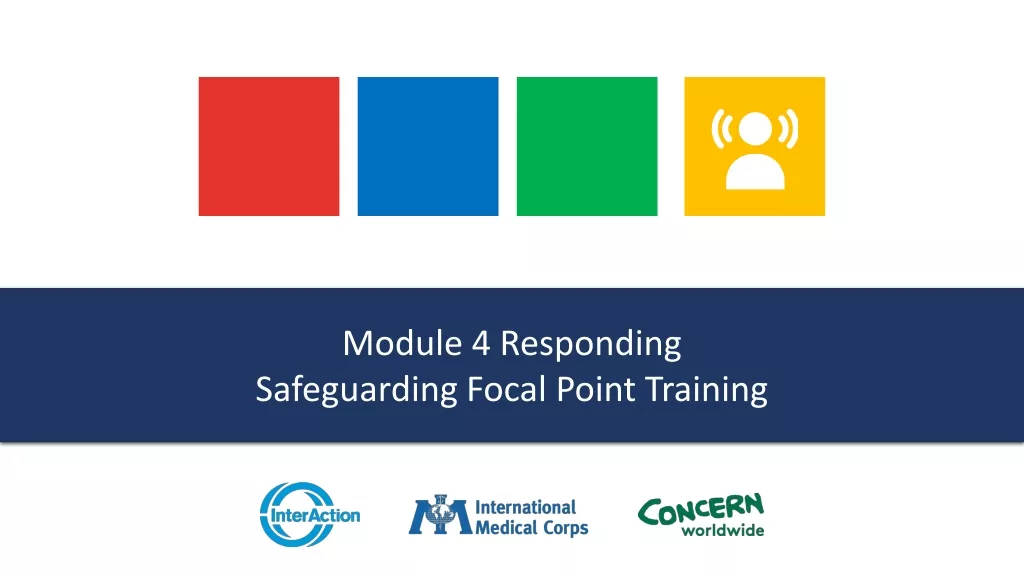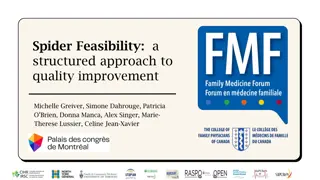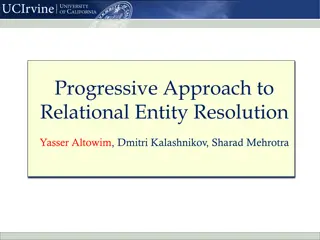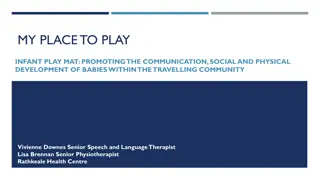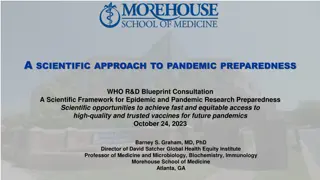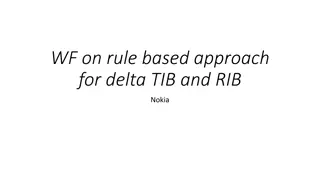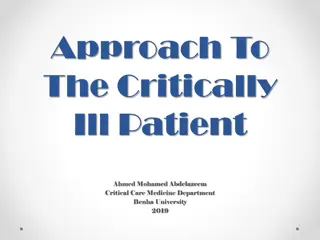Childhood Constipation: Approach and Epidemiology
Childhood constipation is characterized by hard stools, infrequent bowel movements, and other symptoms as per Rome IV criteria. It is a prevalent condition globally, with varying rates across different countries. Understanding the epidemiology and presentation of childhood constipation is crucial for effective management.
Childhood Constipation: Approach and Epidemiology
PowerPoint presentation about 'Childhood Constipation: Approach and Epidemiology'. This presentation describes the topic on Childhood constipation is characterized by hard stools, infrequent bowel movements, and other symptoms as per Rome IV criteria. It is a prevalent condition globally, with varying rates across different countries. Understanding the epidemiology and presentation of childhood constipation is crucial for effective management.. Download this presentation absolutely free.
Presentation Transcript
Constipation in Children: Approach and Management Shaman Rajindrajith MBBS, MD, PhD, FRCPCH Professor of Paediatrics, University of Colombo Consultant Paediatrician Lady Ridgeway Hospital for Children Colombo, Sri Lanka President, Sri Lanka College of Paediatricians
A four year old boy presented with a hisotry of reduced bowel frequency (once in five days), and hard stools for six months duration. The mother also says that the child refuses to pass stools in the potty and stiffs his body when there is a desire to pass stools. On examination the clinician founds a well grown child. The abdominal examination reveals a large fecal mass in the lower abdomen. The rest of the systemic examination is unremarkable.
Hard Stools Infrequent motions Rectal fecal mass
Rome IV Criteria Must have two or more of the following: Defecation frequency <2 times per week Faecal incontinence > once per week Retentive posturing/stool retention Painful or hard bowel motions Large diameter stools Faecal mass in the rectum Criteria should be fulfilled at least once per week for 1 month No organic diseases(Hyams et al. 2016)
What is the Epidemiology of Childhood Constipation?
Global Epidemiology: Systematic Review Koppen et al. 2018
Prevalence: Outside Asia Country Age group (Years) Year Sample Prevalence (%) Netherlands 2 2010 4651 12 USA 5-8 2016 949 12.9 Turkey 7-12 2007 1689 7.2 Sweden 2.5 2006 8341 6.5 Italy 0-0.5 2005 2879 17.6 Ecuador 8-15 2016 417 11.8 Brazil 8-10 1999 391 20 Brazil 1-10 2002 313 26.8 Turkey 5-9 2003 1377 12.4 Greece 2-14 1999 1893 15 Nigeria 10-18 2016 818 27.3 Finland 10-11 2004 404 1.5
Epidemiology in Children - Asia Country Age group (Years) Publication Year Sample size Prevalence (%) Hong Kong 3-5 2005 561 29.6 Hong Kong 3-5 2008 368 28.8 Korea 5-13 2010 16510 6.7 Iran 14-19 2010 1436 2.5 Taiwan 7-12 2011 2375 32.2 Taiwan 6-15 2012 2318 12.2 Sri Lanka 10-16 2012 2694 15.4 Japan 10-17 2013 2976 0.3
Is epidemiologic epicenter shifting from the West to East?
What Causes Constipation in Children? Organic causes such as hypothyroidism, hypercalcaemia, caeliac diseases, are very rare among children with constipation Intestinal diseases like intestinal neuronal dysplasia, neurpathies and myopathies are extremely uncommon (Tabbers et al NASPGHN/ESPGHN guideline 2014)
Over 95% of Children have Functional Constipation
What are the risk factors of Childhood Constipation?
Effects of Age and Sex Rajindrajith et al 2012
Dietary Fiber Several studies have shown poor intake of fiber is a risk factor for constipation Lee et al. 2007 Roma et al. 1999 Morais et al. 1999 (normal fiber intake is age in years+ 5 grams)
Junk Food A study from Hong Kong reported consumption of fast food increase tendency to develop constipation in children (OR = 1.14 95% CI 1.03-1.26) Tam et al. (2012)
Association Between Constipation and Exposure to Stressful Life Events Stressful event Constipation (n=416) n (%) Controls (n=2283) n (%) OR (95% CI) P value Separation from best friend 133 (32) 519 (22.7) 1.60 (1.26-2.02) 0.00006 Failure in an exam 82 (19.7) 244 (10.7) 2.05 (1.54-.43) <0.00001 Severe illness in family 106 (25.5) 281 (12.3) 2.44 (1.88-3.16) <0.00001 Parental job loss 30 (7.2) 62 (2.7) 2.78 (1.73-4.46) <0.00001 Frequent punishment at home 65 (15.6) 140 (6.1) 2.83 (2.04-3.95) <0.00001 Living in war affected area 195 (46.8) 883(38.7) 1.40 (1.13-1.74) 0.002 Major psychological trauma leads to constipation - Inan M, et al. 2007, Benninga M, et al. 1994 No association with divorce of parents - Inan M, et al. 2007, Lisboa VA, et al. 2008
Child Maltreatment and Constipation Type of abuse Constipation No (%) Controls No (%) p value Physical 57 (41.6) 381 (23.1) <0.0001 Emotional 56 (40.9) 340 (20.8) <0.0001 Sexual 8 (5.8) 43 (2.6) 0.03 Rajindrajith et al. 2014
Psychological Maladjustment and Constipation School based survey conducted in Ampare District Rome III questionnaire was used to diagnose functional constipation Validated questionnaires were used to study Psychological maladjustment and personality score Health related quality of life A total of 1697 children were included in the analysis 6.7% had constipation
Psychological Maladjustment and Constipation Ranasinghe et al. 2017
Clinical Evaluation of Children with Constipation
Presenting Features of Chronic Constipation Reduce frequency of defecation Pain while passing stools Faecal incontinence Stool withholding Occasional large volume stools Straining Bleeding PR Abdominal pain and distension Urinary incontinence
Main Clinical Features in Physical Examination Growth parameters Dysmorphic features Abdominal examination Distension Scares Faecal masses Perianal and per rectal examination Lower limb neurology
Red Flag Features of Constipation Delayed passage of meconium Bilious vomiting Bloody diarrhoea Failure to thrive Developmental delay Abdominal distension Ectopic anus Ribbon like stools Perianal fistulae Features of spinal bifida Asymmetric growth of lower limbs Loss of perianal sensation Abnormal lower limb neurology Symptoms starting early life Absent cremasteric reflex
How should the diagnosis of Childhood Constipation be made?
Constipation is a Clinical Diagnosis
Following investigations has no place in day-to-day management Plain abdominal X-ray Thyroid function tests Cows milk allergy Coeliac screening Testing for hypercalcaemia
Plain Abdominal X-ray Commonly ordered by clinicians The idea is to try and assess the amount of fecal loading in the colon and the rectum Most do not use a score system to systematically assess the true nature of feces in the gut Several scoring systems are available in the scientific literature
Testing for Hypothyroidism A study by Bennett et al. JPGN 2012 873 thyroid function tests 56 had evidence of hypothyroidism 9 had clinically significant hypothyroidism and constipation 1 had constipation as the presenting feature The majority of hypothyroid patients have normal bowel habits (Bennet 2012, Muller-Lissner 2005)
Colonic Transit Studies The transit time of the colon is studied using radio-opaque markers radioneuclear scintigraphy Wireless motility capsule Total and segmental transit times are calculated and help in the diagnosis of slow transit constipation Total transit time >62 hours is suggestive of significant constipation Several studies have shown delayed CTT in children with constipation (de Lorijn 2004)
Colonic Transit Studies Rectosigmoid Retention Pan colonic dysmotility
High Definition Anorectal Manometry Provide information on Sphincter function Rectal sensation Anorectal reflexes Studies are still limited but emerging in children with constipation. (Koppen et al. 2016) - Continence - Rectal compliance
High Resolution Colonic Manometry Provide information on High amplitude propagatory contractions (HAPCs) Cyclic motor pattern of the distal colon (usually retrograd) Colonic slow waves initiated by interstitial cells of Cajal Studies are still limited in children (Koppen et al 2016)
The new management paradigm
Education and Demystification Explain Prevalence of Childhood Constipation The nature and pathophysiology of the disease Interpretation of the investigation results Management plan Follow up plan Long term prognosis
Toilet Training Stool with-holding plays a crucial role in developing constipation. Children should encourage to use the toilet after each meal (taking advantage of gastrocolic reflex) The proper techniques of seating and straining need to be taught A Cochrane review has shown beneficial effects of toilet training in the management A more recent review find inadequate evidence to use routine toilet ( Brazzeli M, et al. 2011)
Story of Fiber and Water Current evidence does not support to use fiber supplement in treating children with constipation Tabbers MM, et al. 2014 Increase consumption of water has no place in clinical management Jennings et al 2009 Increase the fiber/fluid if the child is not receiving normal daily requirement
Probiotics Several trials in children have tried a variety of probiotics Lactobacillus rhamnosus Lactobacillus reuteir Lactobacillus casei Evidence is still not strong enough to use probiotics in the treatment of constipation in children Tabbers et al 2015
Faecal Disimpaction Oral route Rectal route Only when oral route fail Under sedation Phosphate enema Mineral oil Bisacodyl suppositories Polyethylene glycol Effective in 75% Less pain and discomfort More effective clinically and economically
Maintenance Therapy Aim to keep stools soft to facilitate defecation With single or multiple drugs Osmotic laxative Stimulant laxatives Novel agents Duration is variable Close follow up and should be at least 2 months Slow withdrawal of drugs over months (3-6) Closely follow up to prevent relapses
Laxatives for the Maintenance Phase Osmotic laxative Polyethylene glycol Fist choice Very effective than others Lactulose Safe, time tested drug Less effective than PEG Magnesium sulphate Less effective than PEG Side effects Docusate sodium Stimulant laxatives Diphenylmethanes Bisacodyl Sodium picosulphate Amthraquinones Senna Very effective when combined with osmotic laxatives as an adjuvant
